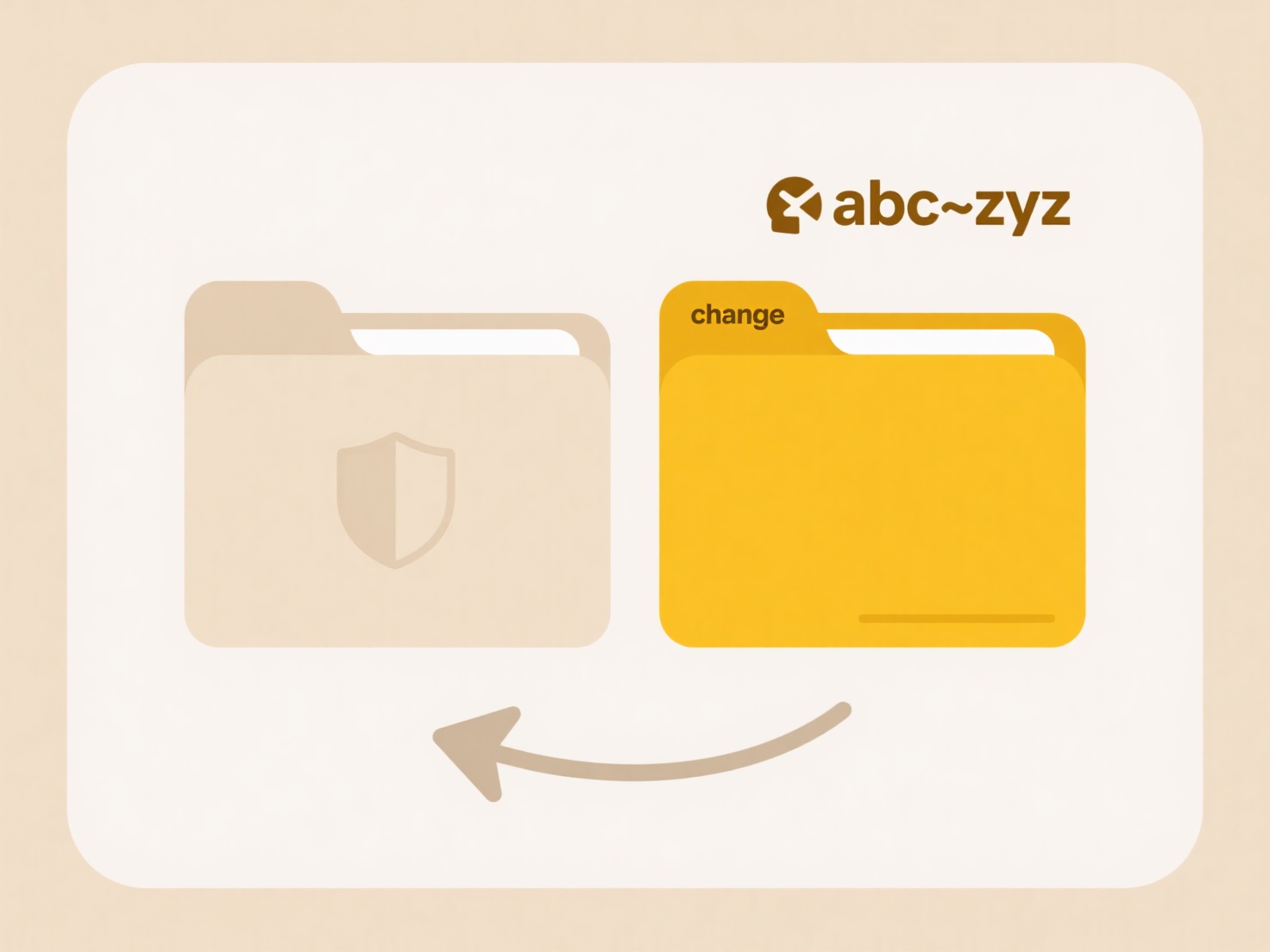
Responsive Web Design (RWD) works best for viewing content on mobile devices. This approach uses flexible layouts, images, and CSS media queries. Instead of creating separate versions of a website for each screen size, RWD automatically adjusts the content's layout, images, and text to fit the screen dimensions of the device being used, whether a smartphone, tablet, or desktop. It ensures the site looks and functions well everywhere.

For example, an online store built responsively will rearrange product grids from multiple columns on a desktop to a single, easy-to-scroll column on a phone. Similarly, news websites and blogs commonly use responsive design so articles display correctly regardless of the reader's device, often managed through platforms like WordPress paired with responsive themes or frameworks like Bootstrap.
RWD offers significant advantages: improved user experience (UX) by preventing zooming and excessive scrolling, better search engine rankings (Google prioritizes mobile-friendly sites), and easier maintenance with just one website version to manage. A key limitation is the potential complexity of testing across numerous devices. Ethically, ensuring accessibility across devices is essential. Future focus remains on optimizing performance and leveraging newer web capabilities for even faster mobile experiences. This mobile-first mindset drives ongoing web innovation.
What format works best for viewing on mobile?
Responsive Web Design (RWD) works best for viewing content on mobile devices. This approach uses flexible layouts, images, and CSS media queries. Instead of creating separate versions of a website for each screen size, RWD automatically adjusts the content's layout, images, and text to fit the screen dimensions of the device being used, whether a smartphone, tablet, or desktop. It ensures the site looks and functions well everywhere.

For example, an online store built responsively will rearrange product grids from multiple columns on a desktop to a single, easy-to-scroll column on a phone. Similarly, news websites and blogs commonly use responsive design so articles display correctly regardless of the reader's device, often managed through platforms like WordPress paired with responsive themes or frameworks like Bootstrap.
RWD offers significant advantages: improved user experience (UX) by preventing zooming and excessive scrolling, better search engine rankings (Google prioritizes mobile-friendly sites), and easier maintenance with just one website version to manage. A key limitation is the potential complexity of testing across numerous devices. Ethically, ensuring accessibility across devices is essential. Future focus remains on optimizing performance and leveraging newer web capabilities for even faster mobile experiences. This mobile-first mindset drives ongoing web innovation.
Quick Article Links
How do I handle files with identical names during import?
Files with identical names occur when multiple files share the same identifier upon import into a system. Import process...
Can I search for files with unusual characters in their name?
Finding files containing unusual characters in their names involves locating files that include symbols, punctuation mar...
How do I find and delete duplicate files on macOS?
Duplicate files on macOS are exact copies of documents, photos, or other data stored in different locations on your driv...